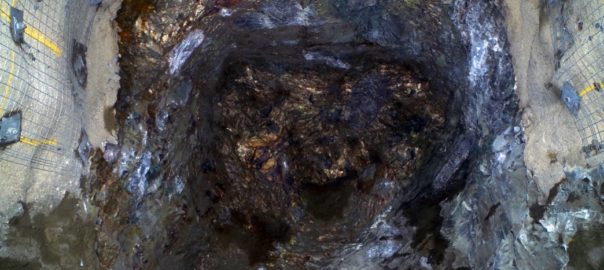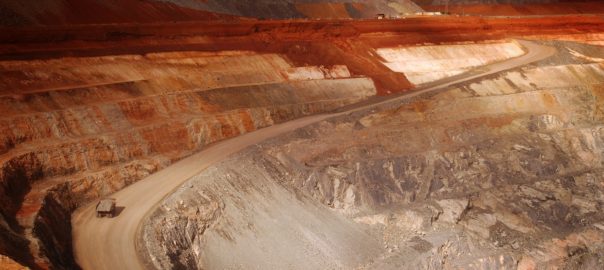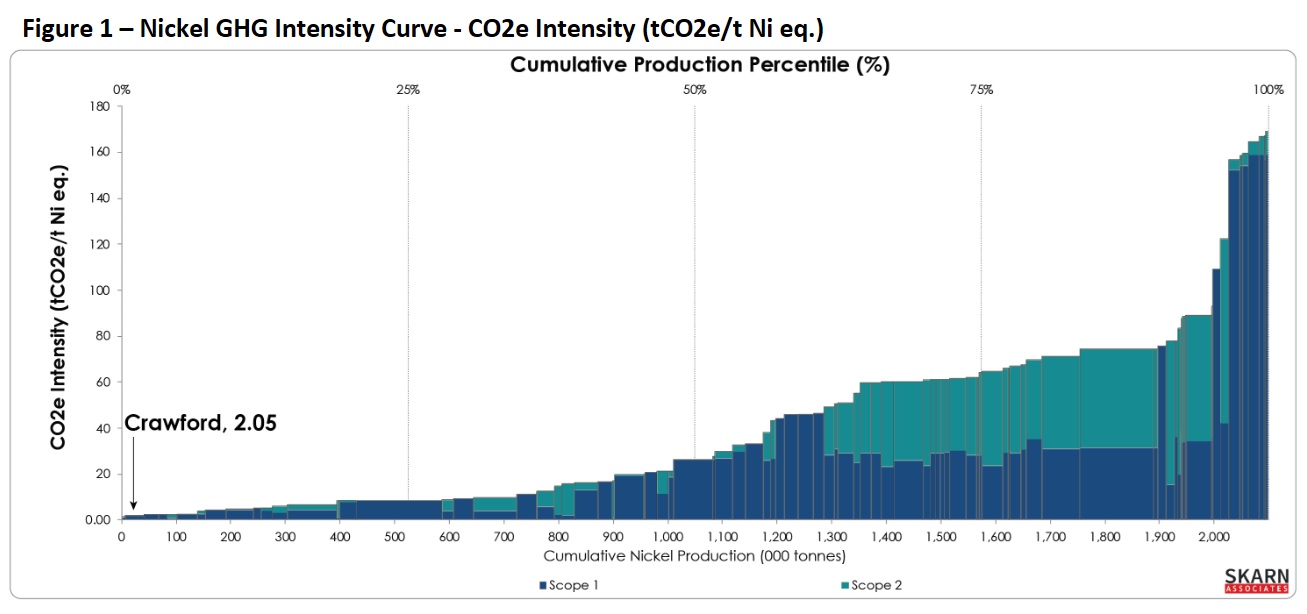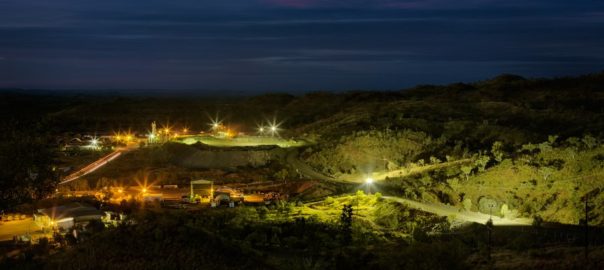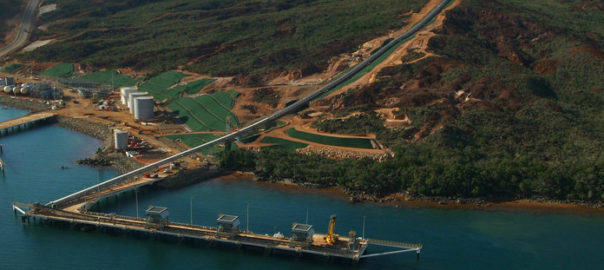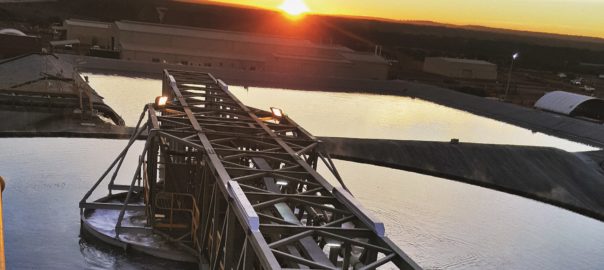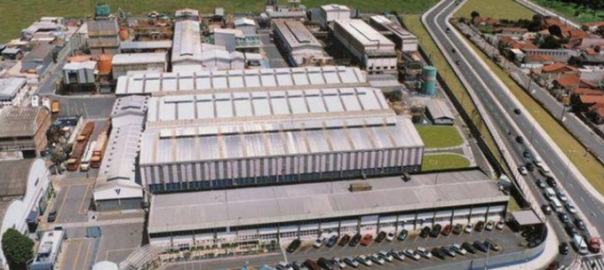Speedcast, a communications and IT services provider, says it has been selected by Mining Company Katanga (MCK Sarl) for a three-year contract to deliver satellite connectivity services to its headquarters and a major mine complex in the Democratic Republic of the Congo.
As part of the agreement with the mining contractor, Speedcast will serve MCK’s Lubumbashi headquarters and the Ruashi open-pit copper and cobalt mine under contract with MCK, delivering “optimised wide-area networking over high-throughput, very small aperture terminal (VSAT), C-band satellite service and content filtering”, it said. The solution will enable internet access, cloud-based applications, IoT and crew welfare applications across their operations, according to Speedcast. All services will be fully supported by its global Customer Support Centers.
James Trevelyan, Senior Vice President of Enterprise and Emerging Markets at Speedcast, said: “We are thrilled that MCK has placed its trust in Speedcast to deliver critical, remote connectivity and network optimisation to its headquarters and contracted mining site. We have the highest-powered Cband network in Sub-Saharan Africa, which means we can enable the customer’s digitalisation agenda while delivering the highest performance primary or back-up communications solution.”
Hubert Nkonkosha, IT Manager at MCK, said: “Our Ruashi project is one of our largest refined copper and cobalt production sites with more than 2,000 people and suppliers employed. It’s vital to our headquarters and operations to have seamless communications and network management as we prioritise efficiency and digital transformation, now and in the future, while still operating cost-consciously. Speedcast was a clear choice for our needs, and we look forward to leaning on their team for support and expert guidance, building a strong working partnership for years to come.”
Speedcast recently augmented its Tier 1 satellite network across the Sub-Saharan African region with the addition of a new high-throughput satellite, offering ultra-high signal availability – even into 1.8 m terminals. The satellite’s look angle across Africa is around 60° elevation, making it ideal for steep-sided open-pit mines and resilient to equatorial weather patterns, according to Speedcast. It also incorporates the latest VSAT technology and a selection of bandwidth packages, from high-speed to gigabyte-only plans.








